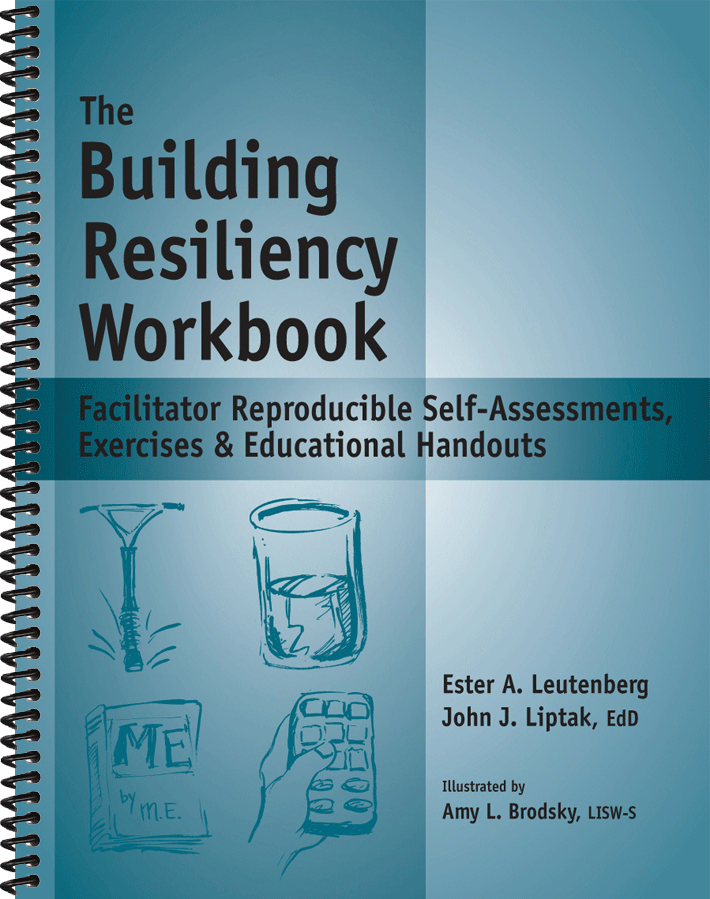The Meriam Webster dictionary defines optimism as a personal condition says to anticipate the best possible outcome.
People like others who are optimistic, but during some of the dark times in our history people questioned their happy view of the world. Oscar Hammerstein II wrote a whole song about it for South Pacific: His lyrics question if someone with a positive outlook could be a mature adult. The character Nellie sings, “…they called me a cockeyed optimist, immature and incurably green.” By the end of the song the Nellie tells us she is “…stuck like a dope with a thing called hope, and I can’t get it out of my heart.” Of course, Mr. Hammerstein also wrote songs like Oh What a Beautiful Morning, so maybe he is just reflecting his own optimistic opinion rather than just Nellie’s.
Miriam Webster’s definition and a beloved lyricist tell us that being an optimist will make us happy. What other reason to try and maintain optimism do we need? If you aren’t a fan of dancing around a stage singing pretty silly lyrics or reading the dictionary, perhaps we should pay attention to those health care advocates that tell us being an optimist is important for our general well-being.
According to the website Heart and Stroke, a positive mindset is associated with better health and a lower chance of disease.” A survey of 15 recent studies including over 200,000 participants conducted by Heart and Stroke found a 35% lower chance of getting heart disease and a 14% lower chance of early death in people who were optimists.” Retrieved from https://www.heartandstroke.ca/articles/how-optimism-benefits-your-health. March 14, 2022.
The University of Rochester Medical Center website agrees: “The message is that having a positive attitude can boost your physical health, no matter what might be ailing you. The researchers also noted that optimism seemed to have consistent benefits for people regardless of demographic factors such as income level or overall health status.” Retrieved from https://www.urmc.rochester.edu/encyclopedia/content.aspx?contenttypeid=1&contentid=4511 March 14, 2022.
Clearly, we can tell our clients, without fear of contradiction, that being one of the fortunate happy-go-lucky people who go through life often seeing the glass as half-full is a good thing. Are we then to tell those who are more pessimistic in their outlook that they are doomed to less-than-optimal health? No, we can help those who look on the dark side of every issue to find a path with better lighting.
In The Building Resiliency Workbook, authors John Liptak, EdD, and Ester Leutenberg suggest we ask these five questions of ourselves and our clients:
- Do you believe yourself to be an optimist or pessimist? Why do you believe this?
- How long have you been an optimist or pessimist? What brought this worldview on
- How did your childhood affect the way you view the world?
- How can you begin to view the world in an even more positive light?
- Think of a time when you viewed a situation as negative, and yet, something positive came out of it.
Think of the optimistic people in your life. Do you feel better when you are around them? Make an effort to include these people in your daily life. The ability to look at a situation and reframe it into something positive rather than negative is an effective way to begin to look at the happier side of the issues that confront you. This exercise, Reconstructing My Attitude, is a great way to practice. Do it yourself a couple of times. Then use it with your clients who are struggling to realign their attitudes.
One last suggestion from Liptak and Leutenberg: look for the good in people. You’ll find it in almost everyone.
Excerpts from The Building Resiliency Workbook by John Liptak, EdD, and Ester Leutenberg.

